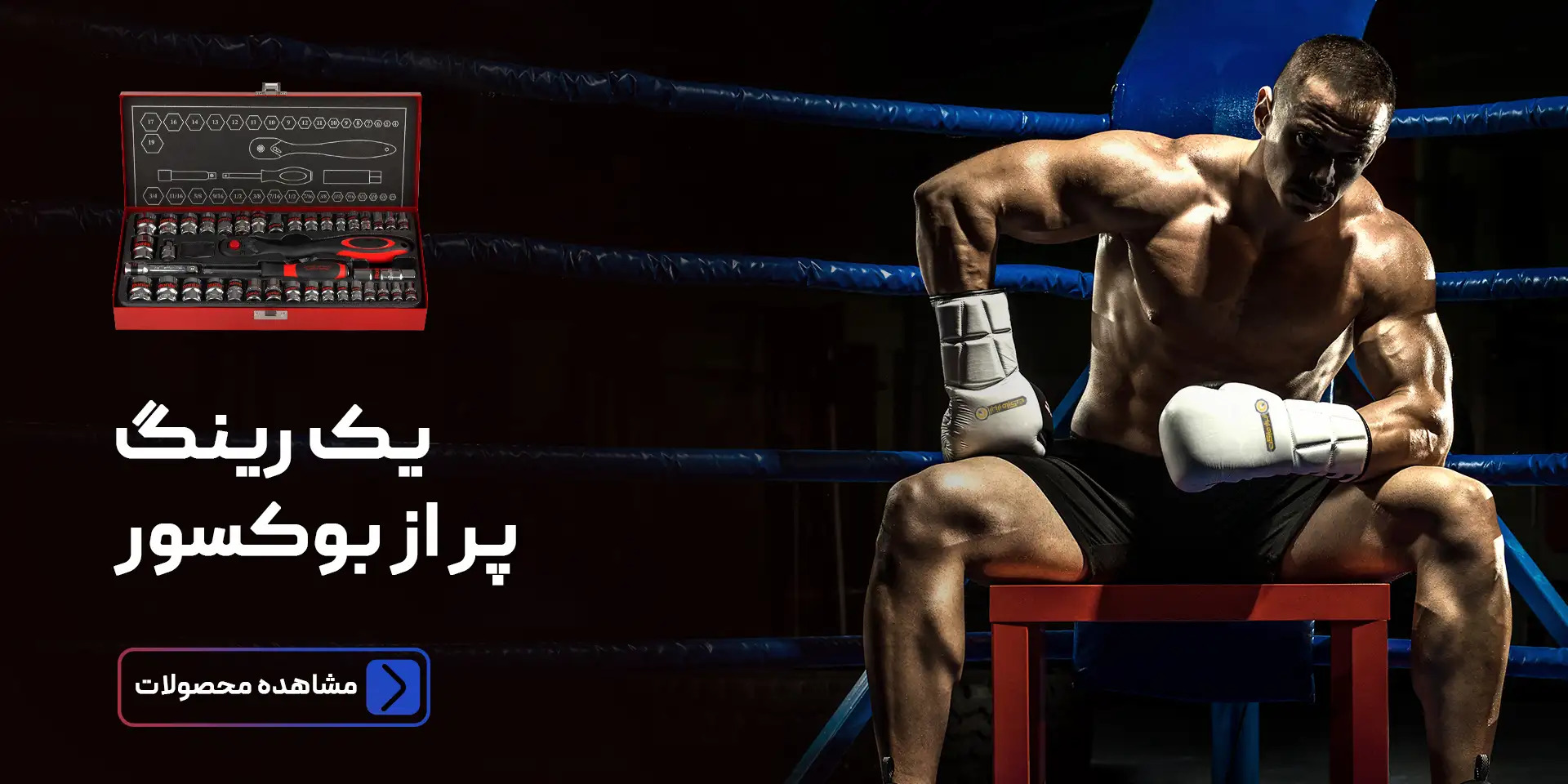For centuries, tarot mystic sense reviews card reading has been a preferred and interesting method that has captivated people throughout the world. Whether you are a skeptic or a believer, there is no refuting the mystical allure of the tarot card deck. In this extensive guide, we will certainly explore the background of tarot card, the definitions behind the cards, and just how you can begin your very own journey into the world of tarot card analysis.
History of Tarot card
The origins of tarot card can be mapped back to the 15th century in Europe, where the cards were originally made use of for playing video games. It had not been till the 18th century that tarot cards began to be utilized for prophecy and spiritual objectives. Today, tarot card analysis is a commonly practiced type of fortune-telling and self-discovery.
Each tarot deck contains 78 cards, divided right into two major classifications: the Significant Arcana and the Minor Arcana. The Significant Arcana includes 22 cards that represent considerable life events and spiritual lessons, while the Minor Arcana includes 56 cards that represent day-to-day circumstances and difficulties.
Throughout history, tarot card cards have been associated with mysticism, magic, and the mythological. The pictures on the cards are rich with symbolism and stereotypical meanings, making them a powerful tool for self-questioning and advice.
- The Significant Arcana cards are commonly seen as the “principal” cards in a tarot card deck, standing for major life occasions and spiritual development.
- The Minor Arcana cards are separated into 4 fits: Wands, Cups, Swords, and Pentacles, each representing various facets of life such as creativity, emotions, intelligence, and material wide range.
Meanings Behind the Cards
When it pertains to tarot card reading, each card has its own one-of-a-kind definition and analysis. The cards can be reviewed separately or in combination with various other cards to supply much deeper understandings and assistance.
A few of one of the most typical analyses of tarot cards include:
The Fool – Represents new beginnings, virtue, and taking a jump of confidence.
The Illusionist – Stands for manifestation, imagination, and using your personal power.
The High Priestess – Represents intuition, enigma, and the subconscious mind.
The Chariot – Represents self-control, decision, and overcoming challenges.
Just How to Read Tarot Cards
Before you start reviewing tarot card cards, it’s necessary to acquaint yourself with the meanings of each card and establish your intuition. You can start by exercising with easy tarot card spreads, such as the three-card spread or the Celtic Cross spread.
When checking out tarot cards, it’s important to trust your instinct and listen to the messages that the cards are communicating. Tarot card reading is a deeply personal technique, and the interpretations of the cards can differ relying on the viewers and the querent.
Keep in mind, tarot card reading is not regarding anticipating the future but rather acquiring insight right into your current situation and finding guidance on just how to navigate life’s difficulties.
Selecting a Tarot Card Deck
There are numerous tarot decks readily available on the market, each with its own one-of-a-kind meaning and images. When selecting a tarot card deck, it’s important to select one that reverberates with you personally and talks to your instinct.
Some preferred tarot decks consist of the Rider-Waite Tarot, the Thoth Tarot, and bush Unknown Tarot Card. Put in the time to explore different decks and select one that talks with your heart.
Conclusion
Whether you are a skilled tarot reader or a curious beginner, tarot card analysis is a powerful tool for self-reflection, self-contemplation, and spiritual development. By diving into the importance and significances behind each card, you can acquire much free astrology chart reading deeper insights into your life and unlock brand-new paths for individual growth.



